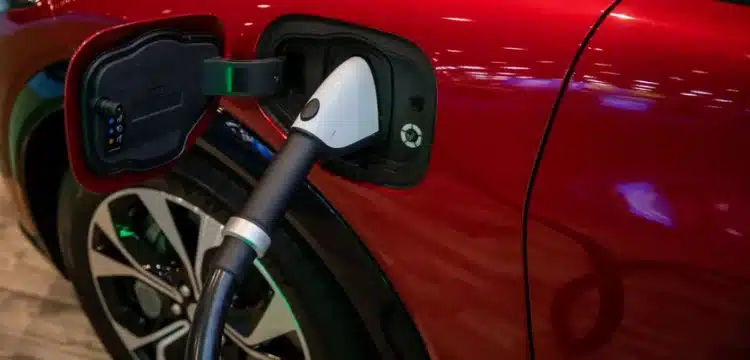Why can’t every EV charging network compete with Tesla?
Share

It’s no secret that electric vehicle charging infrastructure is generally abysmal.
Of course, there are exceptions: Tesla has it pretty well figured out, and some heavily used corridors are well covered. However, the overall status of quick charging, which may replace acceptable amounts of range in 30 minutes or less, isn’t excellent.
There are numerous explanations for this. Most chargers are in large parking lots, usually in a forgotten corner with little services for EV drivers. According to one study, over a quarter of all Combined Charging System-compatible (CCS) stations in the Bay Area are out of service at any given moment. While charging speeds are improving, most chargers are still not as quick as they should be.
Some of these issues are simpler to accept than others. However, one factor not stated above is a deal breaker: the scarcity of available chargers. When they’re scarce, EV drivers either struggle to find a parking spot or must wait in line, sometimes for quite some time.
Also Read: Radio station gets part-time AI DJ based on its midday host
Tesla’s Supercharger network is usually regarded as the best. It’s widely available, the chargers are generally reliable, and, most importantly, there are many of them.
This is due in part to Tesla’s fleet being the largest totally electric fleet in the United States, with about 1.6 million vehicles on the road. It stands to reason that their network is also the largest, with 17,551 spaces charging at 120 kW or higher, according to Department of Energy data.








